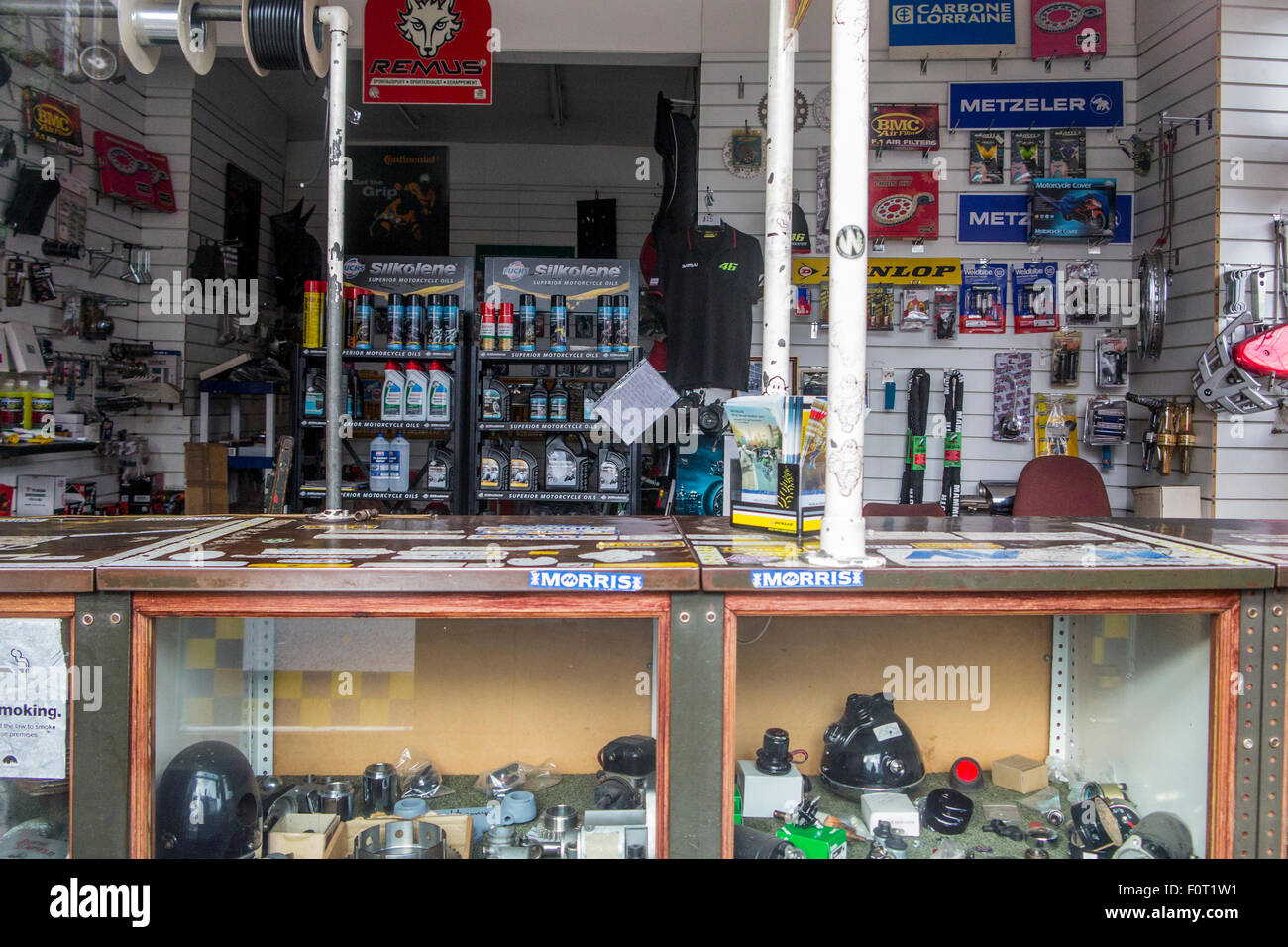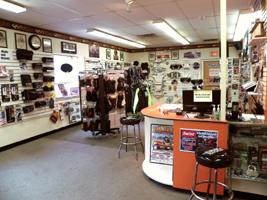Understanding the Important Parts of a Motorbike: A Comprehensive Guide for Lovers
For motorcycle enthusiasts aiming to raise their riding experience and guarantee their bikes run efficiently, comprehending the crucial components of a bike is critical. Each component, from the engine's intricate functions to the crucial function of the stopping devices, not only impacts efficiency but also safety and comfort. This guide will certainly go through the fundamental parts that every motorcyclist must be familiar with, allowing educated selections in both upkeep and potential upgrades. As we start this expedition, one must ask: how does each element connect to produce the smooth experience every lover looks for?
Engine Parts

The camshaft plays a crucial function in controlling the timing of the engine's shutoffs, making sure the exact opening and closing needed for effective fuel and air intake, as well as exhaust expulsion. This timing is crucial to keeping ideal engine efficiency and effectiveness. Additionally, the carburetor or gas injection system, relying on the motorcycle design, is in charge of mixing air with gas in the appropriate proportion for combustion.
The cooling system, either air or liquid-based, functions to maintain the engine's temperature within functional limits, preventing getting too hot and making certain durability - motox parts nz. Each element, thoroughly made and incorporated, adds to the smooth operation of the engine, defining the bike's power output and total performance
Transmission System
Indispensable to the bike's functionality, the transmission system makes sure reliable power transfer from the engine to the wheels. This system consists of several crucial elements, including the clutch, gearbox, and final drive, each playing an essential duty in converting the engine's power right into movement. The clutch, normally run by a hand lever, offers to involve and disengage the engine from the transmission, enabling smooth equipment adjustments and regulated velocity.
The transmission, frequently referred to as the transmission appropriate, includes a set of gears that motorcyclists can by hand shift through to change the bike's rate and torque result. These gears are organized in a series that enables the bike to speed up smoothly and keep ideal engine efficiency throughout various speeds. The majority of motorbikes make use of a sequential gearbox, requiring the biker to move gears in an established order.
Braking Mechanisms
While comprehending the transmission system is crucial to using a motorbike's power, similarly important is the ability to regulate and quit that power properly, which is where braking systems enter into play. Brakes are important for security and efficiency, offering the biker with the necessary control to browse different terrains and conditions. Normally, motorcycles feature 2 types of braking systems: disc brakes and drum brakes.
Disc brakes are a lot more common in modern motorbikes as a result of their exceptional performance. They include a brake disc, caliper, and pads. When activated, the caliper squeezes the brake pads versus the spinning disc, transforming kinetic energy right into warm, thereby reducing the wheel. This system uses far better heat dissipation, regular efficiency, and improved quiting power, particularly in damp conditions.
Alternatively, drum brakes, though much less usual, are still located in some motorcycles. They function by pushing brake footwear against the internal surface of a drum affixed to the wheel. While usually less efficient in warm dissipation and quiting power, drum brakes are easier and more economical.
Recognizing these stopping systems' subtleties permits cyclists to maintain their motorcycles appropriately and value the design that ensures risk-free and effective quiting.
Suspension and Guiding
Suspension and guiding systems are important parts that substantially influence a motorbike's handling and adventure convenience. The shock absorber, containing forks at the front and shock absorbers at the back, soaks up roadway abnormalities, boosting security and control. Front forks, upside down or typically telescopic, compress and rebound to alleviate effects, while back shock click this link absorbers keep tire call with the roadway, crucial for traction and safety.
Steering, focused around the handlebars, attaches the motorcyclist to the bike's directional control. The guiding head bearings guarantee smooth operation, allowing exact maneuverability. Appropriate placement and upkeep of these bearings are critical for foreseeable guiding feedback and minimizing motorcyclist tiredness.
The suspension's adjustability is another critical facet; preload, damping, and rebound setups enable customization to match numerous riding problems and styles. This adaptability is crucial for maximizing performance, whether browsing urban roads or dealing with rugged routes. Developments like digital shock absorber provide real-time adjustments, boosting trip quality throughout diverse surfaces.

Electric Systems
After making certain a smooth and regulated adventure through reliable suspension and guiding systems, attention transforms imp source to the electrical systems, an essential aspect of modern-day motorcycles. These systems play a critical function not just in starting the engine however also in powering numerous elements that improve the performance and safety of the bike.
At the heart of a motorcycle's electric system is the battery, which stores electric power required for starting the engine and powering supporting systems - mx parts nz. The generator or generator, coupled with the rectifier-regulator, makes sure the battery remains charged while the motorcycle is in procedure, transforming mechanical energy right into electric energy and keeping voltage degrees
The ignition system, another essential element, is liable for stiring up the air-fuel blend in the engine's cyndrical tubes. Modern motorbikes frequently use a digital ignition system, offering higher effectiveness and integrity contrasted to typical systems.
Lights systems, consisting of fronts lights, tail lights, and indications, are additionally essential, ensuring visibility and safety for the biker. Additional electronic pink dirt bike gear components such as sensing units, control systems, and displays add to sophisticated attributes like gas injection management, anti-lock braking systems (ABS), and electronic control panels, better improving the riding experience.
Verdict
A detailed understanding of a motorcycle's important parts, consisting of the engine, transmission system, braking devices, suspension, guiding, and electrical systems, is vital for lovers aiming to optimize convenience, performance, and safety and security. Proficiency of these elements enables informed decisions regarding maintenance and upgrades, inevitably improving the riding experience. By integrating this expertise, bikers can guarantee their motorcycles operate at peak performance and reliability, consequently maximizing both pleasure and long life of their cars.
For motorbike fanatics looking to elevate their riding experience and ensure their bikes run efficiently, recognizing the important parts of a bike is critical.Important to the bike's functionality, the transmission system makes sure reliable power transfer from the engine to the wheels.While comprehending the transmission system is crucial to harnessing a bike's power, equally essential is the capacity to regulate and quit that power efficiently, which is where braking systems come right into play. Commonly, motorcycles feature two types of braking systems: disc brakes and drum brakes.
A comprehensive understanding of a bike's essential components, including the engine, transmission system, braking mechanisms, suspension, steering, and electrical systems, is crucial for fanatics aiming to optimize performance, safety, and comfort.
Comments on “Your Best Motorbike Shop for Top Quality Parts and Accessories”